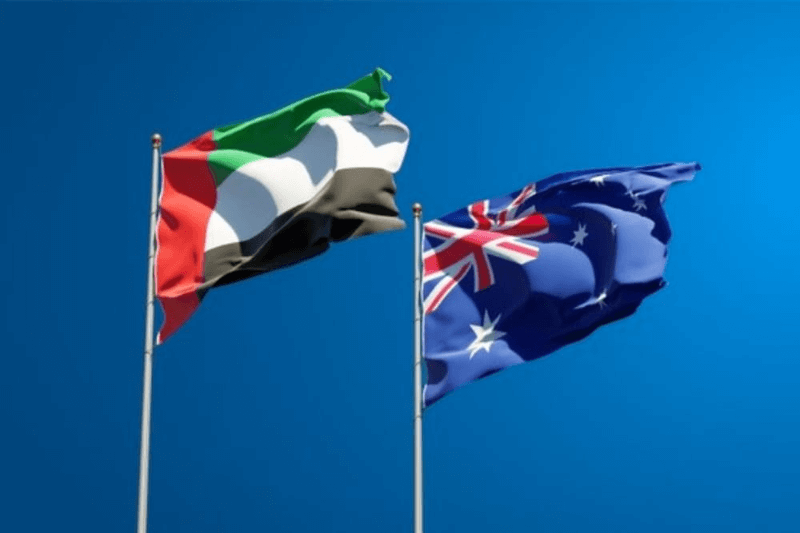The UAE and Australia have finalised negotiations on a landmark comprehensive economic partnership agreement (Cepa) that is expected to remove tariffs for about 99% of Australian products and result in savings of $91 million in the first year.
The Emirates is the largest trade and investment partner of Australia in the Middle East. The countries locked in bilateral trade of $6.69 billion in 2023. Under this agreement, aussie exports are expected to increase by $458 million per year.
UAE-Australia Cepa to become effective later this year
The UAE-Australia Cepa is, nonetheless, more than just numbers, according to the country’s Minister for Trade and Tourism, Don Farrell. The deal can help boost investment by the UAE in political minerals. The mining industry is also set to reap a lot of benefits.
The landmark trade agreement is expected to become effective later this year. Upon the conclusion of negotiations, Dr Thani al-Zeyoudi, Minister of State for Foreign Trade in the UAE, noted the strong economic, social and cultural ties shared by both countries.
Describing Australia as a valued partner for the UAE, he highlighted that the Cepa is going to unlock significant opportunities for Emirati businesses and provide Australian companies a better path to explore fresh markets across the Mena region.
The negotiations build on the deepening UAE-Australia economic relations – bilateral non-oil trade reached $2.3 billion in the first half of 2024, an increase of 10% from the same period last year. More than 300 Australian businesses are operating in the UAE.
Foreign trade plays a big role in UAE’s economic agenda
The UAE and Australia have committed a combined $14 billion to each other’s economies as of 2023. australia’s top agricultural exports to the Gulf state include meat, dairy, seafood, oil seeds, steel, nuts, honey, coal, lentils and chickpeas.
Foreign trade remains the cornerstone of the UAE’s economic agenda. Last year, the country’s non-oil trade in goods reached an all-time high of $712 billion – a 14.3% increase compared to the year before – and 36.8% more than 2021.






















